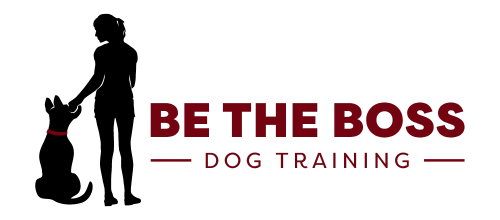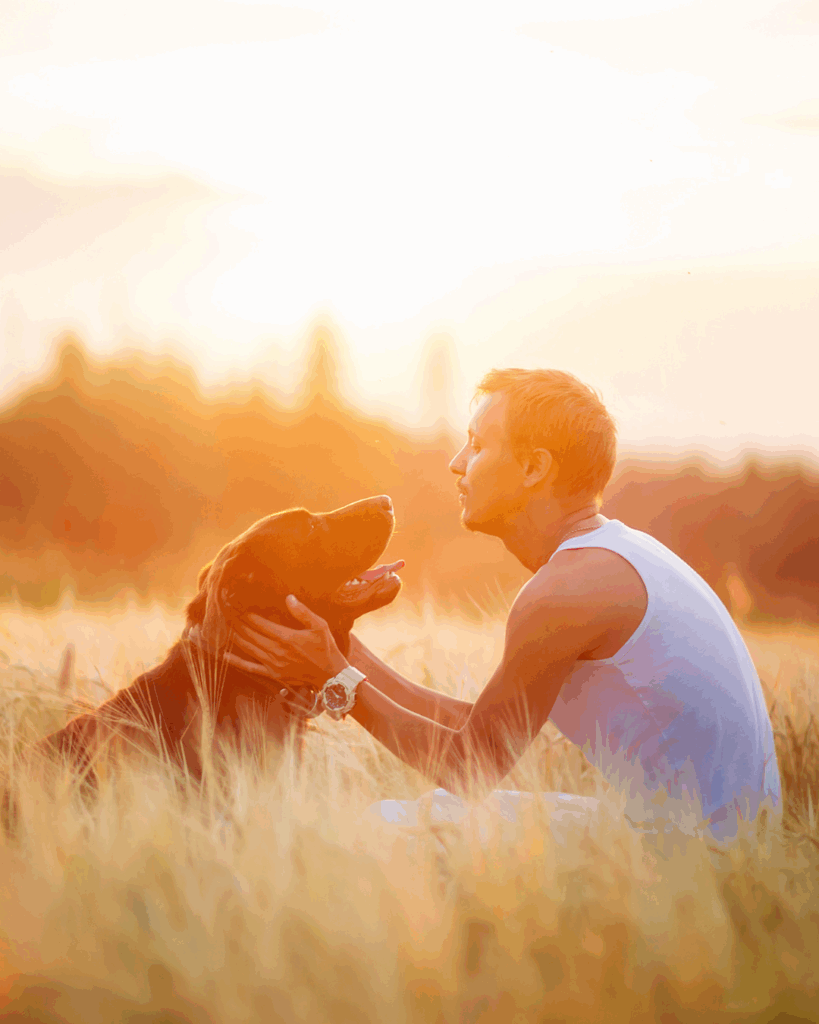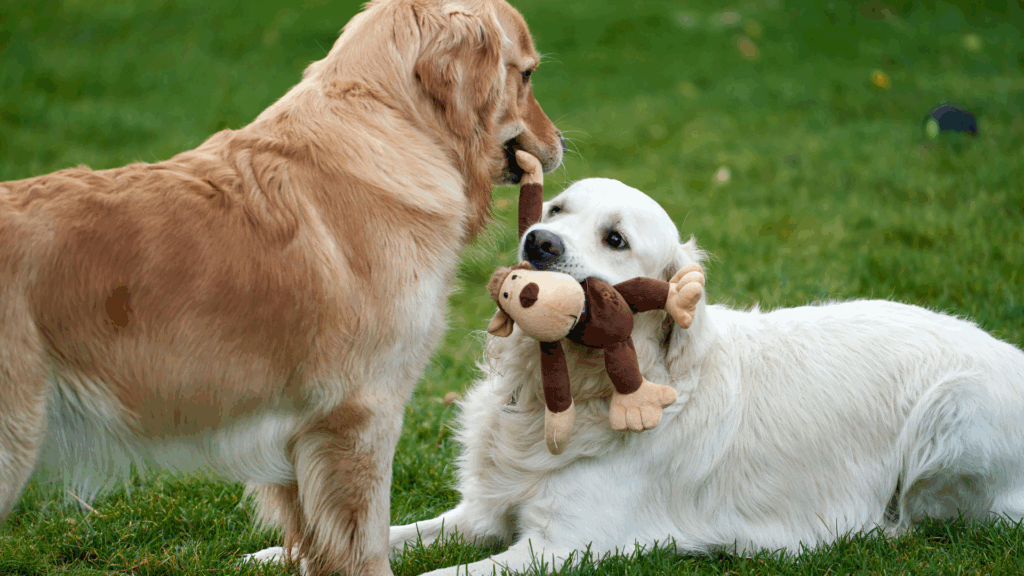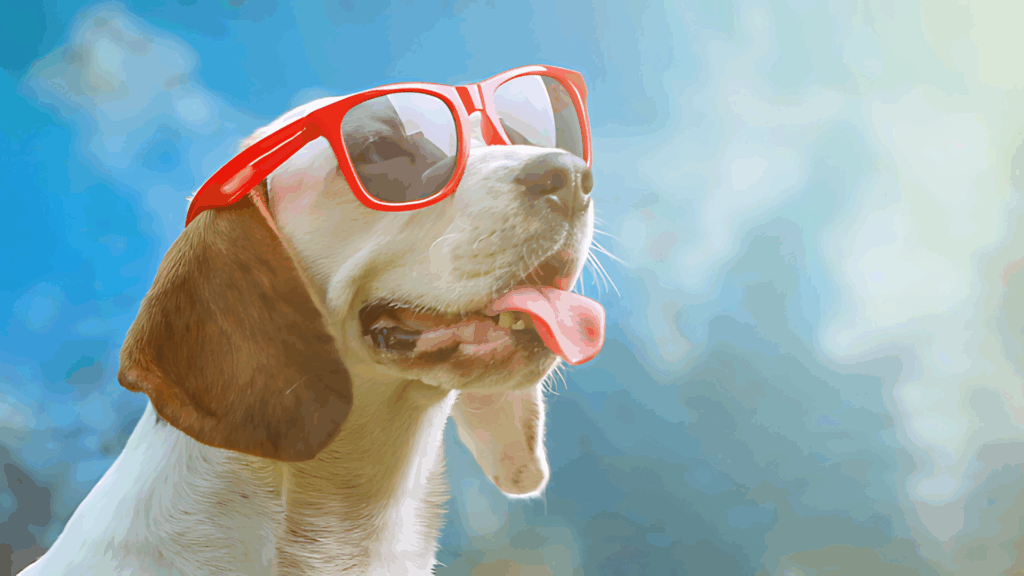Have you ever wondered what your rough play sessions might be teaching your dog? It’s not just about fun and games—those playful tussles can have significant implications on your dog’s behavior, and often in ways you might not expect.
By understanding the unseen lessons of rough play, you can ensure that you’re fostering positive behaviors and maintaining control over your furry friend.
Let’s delve into the nuances of rough play and how to navigate it effectively.
The Importance of Setting Clear Boundaries
Dogs thrive on consistency and structure, and playtime is no exception. Establishing firm rules is crucial. If your dog starts to play too roughly—perhaps biting too hard or becoming too excited—stop the game immediately.
This teaches your dog that excessive roughness results in the end of the fun, reinforcing the idea that gentle play is the way to keep the game going.
Boundaries extend to the emotional and psychological realms as well. Consistently stopping play when your dog gets too rough will create a strong association between calm behavior and continued playtime, fostering a sense of self-control in your dog.
Recognizing the Signs: When Play Turns to Aggression
Understanding and interpreting your dog’s body language is crucial for maintaining a safe and harmonious relationship. Here are some common red flags to watch out for:
Growling: While some growling can be playful, an aggressive growl has a lower pitch and a different intensity. Pay attention to the context and the accompanying body language to discern the difference.
Baring Teeth: Exposing teeth, especially in a rigid snarl, indicates that your dog might be feeling threatened or aggressive. This display is often a clear warning sign that your dog is uncomfortable.
Stiff Body Posture: A dog that suddenly becomes stiff or still is likely feeling tense and could be on the brink of aggression. This posture is a sign that your dog is alert and potentially preparing to react.
By keeping an eye out for these signs, you can intervene early and redirect your dog’s behavior before it escalates. Understanding these signals not only helps in preventing unwanted incidents but also strengthens your bond with your dog by ensuring their feelings are acknowledged and addressed.
Incorporating Training Commands During Play
Commands such as “sit,” “stay,” or “leave it” can be particularly effective when integrated into playtime. By weaving these commands into your dog’s play sessions, you create a dynamic environment where learning and fun coexist harmoniously.
Sit: Teaching your dog to sit on command during play not only helps manage their excitement but also reinforces the importance of calm behavior. This can be particularly useful in preventing overly exuberant jumping or nipping.
Stay: Incorporating the “stay” command during play helps your dog understand the value of self-control. This command can be a lifesaver in high-energy situations, ensuring that your dog remains safe and responsive even amidst the chaos of play.
Leave It: The “leave it” command is crucial for preventing your dog from fixating on inappropriate objects or behaviors during play. This command teaches your dog to redirect their focus and enhances their ability to respond to you promptly.
By integrating these commands into play, you not only keep your dog under control but also teach them to listen to you even in high-energy situations. This dual approach ensures that playtime is both fun and educational, fostering a well-rounded, obedient, and happy dog. Plus, it strengthens the bond between you and your furry friend, as they learn to trust and rely on your guidance in all situations.
Knowing When to Stop: Managing Overstimulation
Dogs, like humans, can become overwhelmed, leading to frustration and unwanted behaviors. It’s essential to know when to call it quits.
Signs that your dog may be overstimulated include excessive panting, erratic behavior, or a noticeable increase in aggression. When you notice these signs, it’s time to take a break.
By taking breaks when needed, you help your dog learn to manage their excitement and understand that calm behavior leads to more enjoyable play sessions.
Rewarding Calmness: The Power of Positive Reinforcement
Rewarding your dog for gentle play and calm behavior helps them understand what is expected of them. Praise, treats, and affection are all effective rewards that can reinforce good behavior.
When your dog plays gently or follows a command during play, make sure to acknowledge it immediately. This immediate reinforcement creates a strong association between the desired behavior and the reward, making it more likely that your dog will repeat the behavior in the future.
The Bigger Picture: Strengthening the Bond
Through thoughtful and controlled rough play, you can teach your dog important lessons about boundaries, obedience, and self-regulation.
By setting clear boundaries, recognizing signs of aggression, incorporating training commands, managing overstimulation, and rewarding calmness, you can ensure that playtime is both fun and constructive.
Beyond Play: Comprehensive Training with Be the Boss Dog Training
At Be the Boss Dog Training, we believe that every interaction with your dog is an opportunity to teach and bond. Rough play is just one aspect of a comprehensive training approach that promotes a well-behaved, happy dog.
Want more tips on ensuring your dog’s playtime is both fun and educational?
CONTACT US HERE FOR FREE CUSTOM ADVICE.
CLICK HERE
to read about how what happens to a dog if they bite a child!





